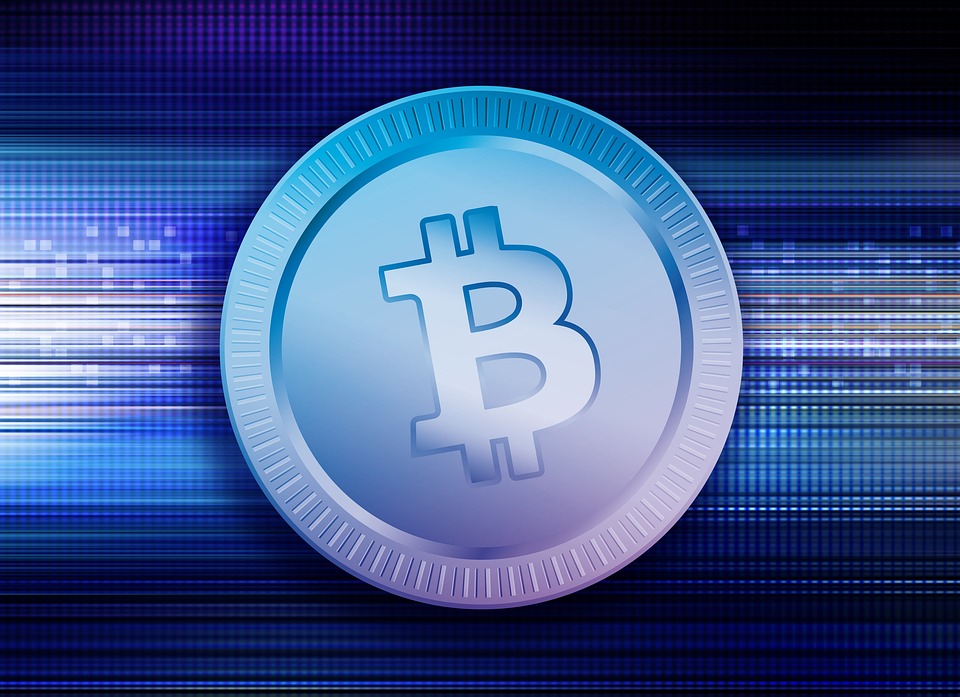Behind the Scenes: The Technology Powering Bitcoin Mines Around the Globe
As Bitcoin continues to capture the public imagination, often dominated by headlines of surging prices and volatile swings, less attention is paid to the intricate and technologically advanced processes that enable its very existence. At the heart of the burgeoning Bitcoin ecosystem lies a complex tapestry of hardware and software, all working in concert to maintain the integrity of the blockchain. This article delves into the technologies that power Bitcoin mining operations around the globe, illuminating the machinery, software, and infrastructure that underpin this decentralized financial network.
What is Bitcoin Mining?
Before exploring the technology behind Bitcoin mines, it’s essential to understand what mining is. Bitcoin mining is the process by which transactions are validated and added to the Bitcoin blockchain. Miners compete to solve cryptographic puzzles, and the first to complete the puzzle gets to add a new block to the blockchain. In return for their computational efforts, successful miners receive newly minted bitcoins and transaction fees.
The Hardware: ASIC Miners
At the forefront of Bitcoin mining technology are Application-Specific Integrated Circuits (ASICs). Unlike traditional computer hardware, which can perform a multitude of tasks, ASICs are engineered specifically for mining cryptocurrencies. These devices have significantly increased the efficiency and speed at which bitcoins can be mined compared to earlier approaches that used CPUs and GPUs.
-
Performance and Efficiency: Modern ASICs can process trillions of hashes per second, allowing for rapid iteration over possible solutions. Devices like the Antminer S19 Pro and Bitmain’s Whatsminer M30S are examples of high-performance ASICs that dominate mining farms worldwide.
- Energy Consumption: One of the most critical discussions surrounding Bitcoin mining is energy consumption. ASIC miners are designed to maximize hashes per watt, but the energy-intensive nature of mining remains a point of criticism. As Bitcoin’s mining difficulty has increased, miners have continually sought ways to balance power consumption with profitability.
The Software: Mining Pools and Algorithms
While ASIC hardware provides the raw power for mining, software plays an equally vital role:
-
Mining Pools: Due to the competitive nature of Bitcoin mining, many miners join mining pools—groups of miners who combine resources and share rewards. Software platforms like Slush Pool, F2Pool, and Poolin allow individual miners to contribute their hashing power. This collaborative model provides participants with more stable and frequent payouts than solo mining.
- Mining Software: Miners use specialized software to connect their hardware to the network and manage their mining operations. Popular mining software includes CGMiner, BFGMiner, and EasyMiner. These applications allow miners to monitor performance, adjust settings, and optimize their systems to enhance productivity.
The Infrastructure: Cooling and Energy Sources
Bitcoin mines are not just about the hardware and software; they also require specialized infrastructure to operate effectively:
-
Cooling Systems: Mining rigs generate substantial heat, necessitating advanced cooling systems to prevent hardware failure. Common cooling methods include air conditioning systems, liquid cooling, and immersion cooling, where miners are submerged in non-conductive fluid to maintain optimal temperatures.
- Energy Sources: The energy source powering a mining facility can significantly influence its cost-effectiveness. While many mines utilize conventional electricity from local grids, others tap into renewable energies, such as hydroelectric, solar, or wind power. In regions where electricity is cheap, such as parts of China, Iceland, and Texas, miners set up operations to maximize profitability.
Geographical Distribution
Bitcoin mining operations are spread across the globe, influenced by factors like energy costs, climate, and government regulations. Countries like Kazakhstan, Canada, and Norway have emerged as popular hubs due to their abundant natural resources and favorable policies. This geographical distribution has implications for the network’s decentralization, energy consumption, and environmental impact.
Environmental Concerns and Innovations
The environmental impact of Bitcoin mining cannot be understated. Critics argue that the energy consumption and carbon footprint associated with mining can negate the benefits of a decentralized financial system. In response, the industry is witnessing innovative solutions:
-
Green Mining Initiatives: Many mining operations are transitioning to renewable energy sources to reduce their carbon footprint. For instance, Bitcoin mines powered by excess hydroelectric energy during off-peak hours showcase how the industry can align more closely with sustainability goals.
- Energy Efficiency Research: The quest for energy-efficient mining has spurred research into new algorithms and hardware that can minimize energy consumption. Furthermore, companies are exploring second-life applications for ASICs in other industries to maximize their utility.
Conclusion
The technology powering Bitcoin mining is as complex and multifaceted as the currency itself. From sophisticated ASIC miners to collaborative mining pools and innovative cooling systems, these technologies are not just crucial for the mining process but also shape the broader narrative of Bitcoin’s impact on economy and environment. As the industry evolves, ongoing advancements in technology and a keen awareness of environmental challenges will define the future of Bitcoin mining in the global landscape. Understanding these intricate details helps demystify a process that is often oversimplified and underscores the technological sophistication behind one of the most significant financial innovations of our time.




